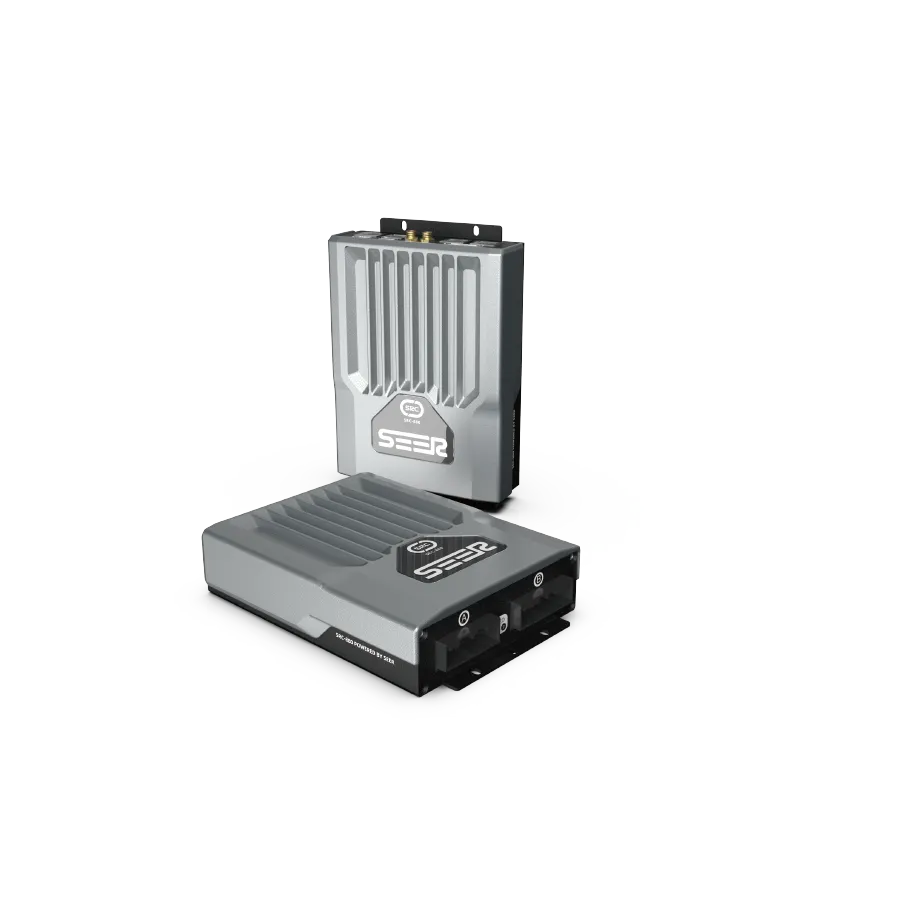DATE: 2024/05/16
Adaptive recognition and fork fetch based on AI deep learning
50In the factory warehouse, the use of intelligent forklift truck for cargo handling is a very common application scenario, usually the cargo handling needs to be transferred with the help of pallets. In the complex environment of the factory, the placement or shape of the pallet is not fixed, and the mechanical limit cannot be set in most factory environments to ensure the consistency of the placement position of the pallet, and the condition of the pallet surface damage, pallet covering winding film, and special-shaped pallet are also common.
So, how to ensure that the smart forklift can accurately identify the position and shape of the pallet, and accurately fork it? In response to the above scenarios, Xiangong Intelligence launched adaptive recognition and fork technology that integrates AI algorithms. Based on AI deep learning, the intelligent forklift has more intelligent decision-making and execution capabilities, without manual input of pallet-related information, so that the intelligent forklift truly thinks and executes actions independently like the human brain, improves work efficiency, and more easily responds to the needs of various special handling scenarios.

After the intelligent forklift is equipped with the 3D depth camera, it can independently obtain the pallet and external information, analyze and process the data obtained by the 3D depth camera based on AI deep learning, accurately identify the spatial pose of the hole contour of the pallet, and intelligently plan the fork path.
At the same time, the interference is effectively filtered based on AI algorithm to effectively reduce the identification interference outside the pallet. In complex cases such as pallet damage, film coating, different shapes and light changes, the intelligent forklift forklift forklift operation is still accurate and efficient, improving the efficiency and safety of cargo handling.

Functional highlight
1. Automatic feature learning: AI-based deep learning can automatically learn and extract key features from a large amount of data without manual design, so that the identification system can better adapt to different job tasks and improve generalization ability.
2. Powerful data fitting ability: Using 3D depth camera to collect image and point cloud data, building complex models through multi-layer neural networks, with powerful data fitting ability to capture complex patterns and relationships in the data, so as to achieve more accurate identification and cross fetch.
3, a wide range of application scenarios: can adapt to more special scenes, such as film cover, appearance damage, different shapes, color changes and light changes of the pallet, in these complex scenes can also provide more reliable identification results and perform more accurate fork action.
4, high precision, high efficiency, high ease of use: the effective use of GPU and other special hardware to accelerate, greatly improve the efficiency and accuracy of image recognition, while no additional configuration of model files, boot immediately, to provide convenient operation experience.

/1.png/webp90)
/1.png/webp90)